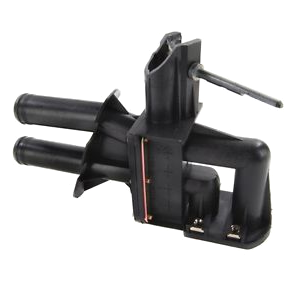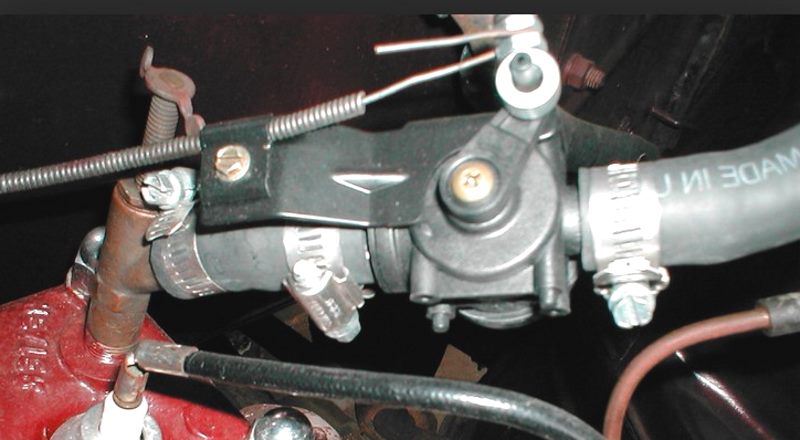What Even Is a Car Heater Control Valve?

Alright, so you’re driving down Te Rapa straight first thing on a foggy Hamilton winter morning. It’s freezing and your windscreen’s fogging up. You crank up the heater, but nothing but cold air blows through. Seen that a few times – and heaps of times it’s all down to the humble heater control valve.
Basically, this thing’s like a tap for the hot coolant from your engine. It opens and closes to let more or less hot coolant through to the heater core (that’s what gives you warm air in the cabin). If it gets sticky or packs a sad, you’ll find the heater not working like it should. Sometimes it sticks open so you’re getting roasty air in the middle of a Cambridgian summer, or it stays shut and you’re left shivering all the way through Temple View on a cold day. Either way, it’ll make your school run to Rototuna or the trip round the Base far less comfy.
How Do You Know the Heater Control Valve’s Faulty?
Over the years here at Grimmer Motors, we’ve seen all sorts – from fancy Euro Audis to trusty old Toyota Estimas, even the odd SsangYong or Peugeot. No matter the make, when the heater control valve starts playing up, there’s a few dead giveaways:
- No heat coming through when you want it, or the heat cuts in and out randomly
- Constant hot air blowing, even when you’ve got the temp right down (annoying in summer, especially stuck in traffic on Victoria Street or Queenwood drive!)
- Puddles or leaks under your car – sometimes it’ll be coolant dripping out, especially with older Mazdas or Nissans we see from Morrinsville or Tamahere
- Weird smells – kind of sweet, sometimes like plastic, often means a coolant leak
- Odd noises when you turn the heater on or off (sometimes it’s more obvious on Volkswagens and the occasional Subaru!)
If any of that sounds familiar, it’s a classic sign that your heater control valve is on its last legs. Left too long, the lack of coolant flow can even cause minor overheating, particularly when you’re crawling over speed bumps past Dinsdale shops or idling on Hillcrest roundabout on a hot day. Not great for your engine, especially if you’ve got a hybrid or something more modern with finicky cooling systems!
What Actually Happens in the Workshop?
Let’s say you pop by (happens heaps over winter with the cold snaps), and mention your Mazda CX-5 isn’t heating up the cabin right. One of our techs will check for leaks, pressure-test the system, and make sure it’s not just a dodgy dash dial or airlock. If it’s the heater valve, we’ll swap it out, flush the system, bleed the air, and make sure everything’s back to normal. Simple as. European jobs can take a tad longer thanks to all those fancy covers – ask anyone who’s had a go at a late-model BMW or even a Citroen!
Regular replacement (usually every few years, depending on your car and how much you drive – all those short runs between Hamilton and Ngaruawahia or crawling round the Chartwell mall car park don’t help) will keep things running sweet. You’ll get:
- Better and more reliable heat (and demisting in our classic Waikato mist)
- Heater system lasts longer – less stress on hoses and fittings
- Less chance of surprise engine problems or breakdowns
Need Yours Checked or Changed in Hamilton?
If you’re constantly fighting cold air on the early morning mission down State Highway One, or worried about funky smells and leaks, just bring your car in. At Grimmer Motors, our team sorts car heater control valve replacements for all sorts, from Honda Fits through to VW Golfs and even the odd SsangYong Tivoli. We sort it quick, straight up, and get you back on the road warm and safe – just like we have for heaps of folks from Hamilton East, Raglan and everywhere in between.
Want to find out more about how heaters actually work? Learn more about how car heaters work >
If you need your heater repaired ASAP, here’s where we keep all the info: Car heater repairs in Hamilton >

